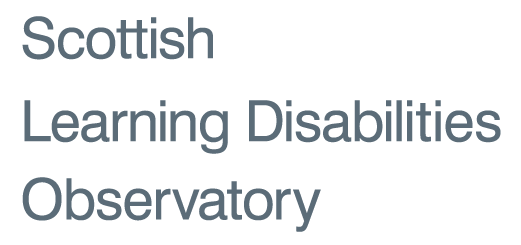Scotland: Households
Scotland's population size is 5,295,403
-
Choose
- Learning disabilities
- Autism
In the past, people with autism who also had learning disabilities experienced significant periods of segregation, with large numbers living in long-stay institutions. Diagnostic services for autism were not as available as they are now, so people with autism who did not additionally have learning disabilities often lived in the community, not always with the support they needed. In 2000, the Scottish Government introduced policy - The same as you? - presenting a blueprint for service redesign and most notably the closure of long stay hospitals. This successfully drove forward change, and in 2016 the overwhelming majority of people with autism and learning disabilities live in private households, with health and social care support being provided either at home or in the community.
Scotland's Strategy for Autism has a focus of achieving equality and access to improved services for all people with autism. Given the historical context, and current strong focus on equality and access, it remains important to check trends in housing and accommodation.
Type of private accommodation by population group
| All People | People known to have autism | |||
|---|---|---|---|---|
| Total | % | Total | % | |
| Living in a home that is owned outright | 1,253,193 | 24.1% | 3,551 | 11.6% |
| Living in a home that has a mortgage or loan or shared ownership | 2,153,767 | 41.4% | 11,292 | 36.9% |
| Socially rented accommodation from council/local authority | 608,152 | 11.7% | 5,911 | 19.3% |
| Socially rented other | 507,393 | 9.8% | 5,825 | 19.0% |
| Privately rented accommodation | 673,881 | 13.0% | 4,037 | 13.2% |
| Total | 5,196,386 | 100.0% | 30,616 | 100.0% |
Households
Type of residence by population group
| All People | People known to have autism | |||
|---|---|---|---|---|
| Total | % | Total | % | |
| Private households | 5,196,386 | 98.1% | 30,616 | 96.5% |
| Communal establishments | 99,017 | 1.9% | 1,096 | 3.5% |
| Total | 5,295,403 | 100.0% | 31,712 | 100.0% |
Type of residence by population group
Scottish Index of Multiple Deprivation
| All People | People known to have autism | |||
|---|---|---|---|---|
| Total | % | Total | % | |
| Most deprived area | 1,026,869 | 19.4% | 7,969 | 25.1% |
| Deprived area | 1,037,028 | 19.6% | 6,715 | 21.2% |
| Average area | 1,075,243 | 20.3% | 6,324 | 19.9% |
| Affluent area | 1,093,818 | 20.7% | 5,770 | 18.2% |
| Most affluent area | 1,062,445 | 20.1% | 4,934 | 15.6% |
| Total | 5,295,403 | 100.0% | 31,712 | 100.0% |
Scottish Index of Multiple Deprivation
Urban/rural classification
| All People | People known to have autism | |||
|---|---|---|---|---|
| Total | % | Total | % | |
| Urban area | 3,685,415 | 69.9% | 22,293 | 70.3% |
| Small town | 662,930 | 12.5% | 3,923 | 12.4% |
| Rural area | 947,058 | 17.9% | 5,496 | 17.3% |
| Total | 5,295,403 | 100.0% | 31,712 | 100.0% |
Urban/rural classification
Summary information
38.3% of people known to have autism in private accommodation live in social rented accommodation, compared with 21.5% of all people
-
3.5% of people known to have autism live in communal establishments, compared with 1.9% of all people
-
88 (0.6%) of adults known to have autism living in communal establsihments were in hospital compared with 3,665 (0.1%) of all adults
-
25.1% of people known to have autism live in most deprived areas of Scotland, compared with 19.4% of all people
-
70.3% of people known to have autism live in urban areas of Scotland, compared with 69.9% of all people
View other information
Explore
Choose People with learning disabilities data or People with Autism data
You may also choose topic or area
